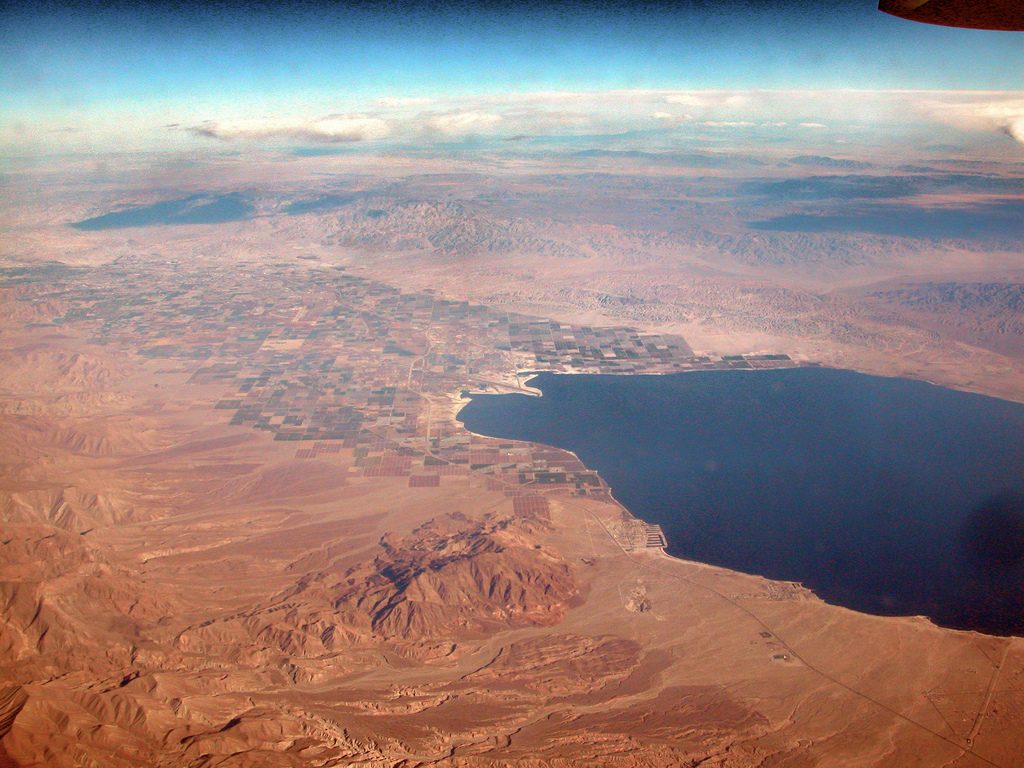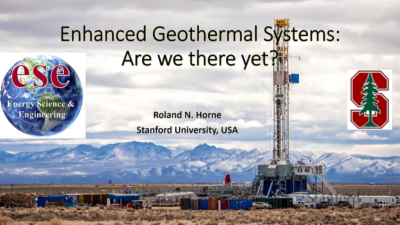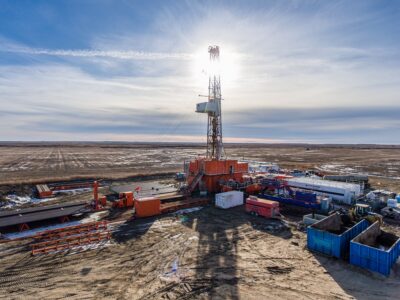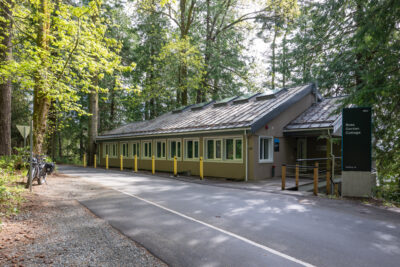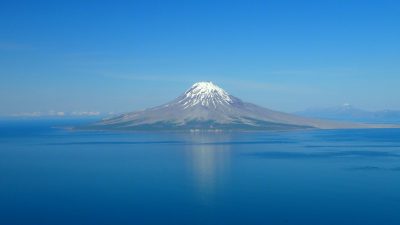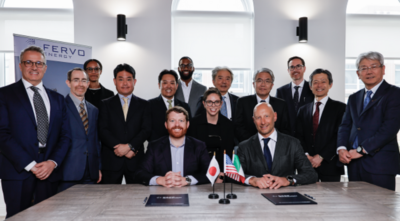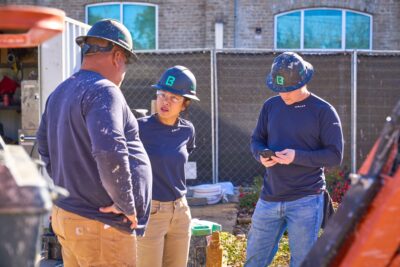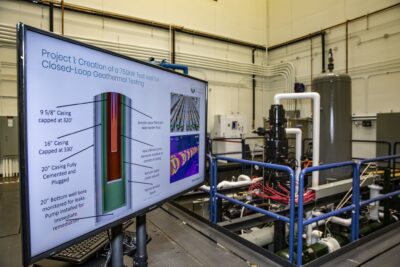Berkeley Lab publishes detailed report on Salton Sea geothermal lithium potential
US DOE has published a study by Lawrence Berkey National Laboratory quantifying the lithium resource potential in the Salton Sea geothermal field, California.
The U.S. Department of Energy (US DOE) has published the results of a study done by the Lawrence Berkey National Laboratory quantifying the domestic lithium resources from the geothermal brine in the Salton Sea region in California.
The full text of the report can be accessed via this link : Characterizing the Geothermal Lithium Resource at the Salton Sea.
The findings of the study indicate that the Salton Sea can support the production of 3400 kilotons of lithium utilizing expected technology advancements. This is enough to support over 375 million batteries for electric vehicles, which is more than the total number of vehicles currently on U.S. roads. This report confirms the critical role that the Salton Sea region will play in the Biden-Harris Administration’s goal of 50% electric vehicle adoption by 2030 and a net-zero emissions economy by 2050.
The broad conclusion is consistent with previous material published on this topic – for instance, this article written by Bryant Jones and Michael McKibben in 2022.
“This report confirms the once-in-a-generation opportunity to build a domestic lithium industry at home while also expanding clean, flexible electricity generation. Using American innovation, we can lead the clean energy future, create jobs and a strong domestic supply chain, and boost our national energy security,” commented Jeff Marootian, Principal Deputy Assistant Secretary for Energy Efficiency and Renewable Energy.
The findings of the study
The “Salton Sea Known Geothermal Resource Area” (KGRA) in Imperial County, California has been identified as a potential domestic U.S. resource of lithium due to the brine-hosted lithium in the deep subsurface geothermal reservoir. It has about 400 MW of installed geothermal power generation capacity and an estimated potential of up to 2950 MW.
The geologic history of the region suggest that lithium in the geothermal brine could have come from multiple sources – water and sediments from the Colorado river, rocks from the mountain ranges surrounding Imperial Valley, and lithium-bearing volcanic rocks and intrusions. Further, evaporative concentration of lithium-bearing water and leaching of lithium from sediments and rocks may have increased the concentration of lithium in the subsurface brines over time.
The study considers the production of geothermal brine from the existing geothermal power plant at Salton Sea since 2004, which is just over 120 million metric tons per year. Using an approximate lithium concentration of 198 ppm, the amount of lithium contained in the brines over this period is estimated to bee 127,000 metric tons per year of lithium carbonate equivalent (LCE).
The estimated total dissolved lithium content in the well-characterized portion of the Salton Sea Geothermal Reservoir is 4.1 million metric tons of LCE. This can increase up to 18 million metric tons of LCE if the probable resource extent is considered using appropriate assumptions for porosity and total reservoir size.
The study also developed two complementary models to simulate a 30-year lithium production with different lithium recovery mechanisms. The second model showed that the primary replenishment mechanism for lithium is in the form of the upward flux of lithium-rich brine from below the producing reservoir, and not the reaction of geothermal brine with relatively stable lithium-bearing minerals.
The report also determined that lithium production will have a modest impact of water availability in the region – around 3% of the historically available water supply for the regional will be needed for geothermal energy and lithium recovery operations. In terms of emissions, the study concludes that expanding lithium extraction will have an overall small impact and that the chemical use for the proposed operations is consistent with chemical use in industrial settings and will not involve any persistent organic pollutants or acutely toxic chemicals.
Part of a broader research initiative
The Lawrence Berkeley National Laboratory was assigned to lead this joint study with other institutions by the Geothermal Technologies Office with funding of USD 1.2 million. The report is part of the US DOE’s portfolio researching lithium extraction from geothermal brines. The portfolio also includes GTO’s recent American-Made Challenges Geothermal Lithium Extraction Prize which was won by Xerion, and a joint $11 million research program that funded 10 projects to advance innovative technologies to extract and convert battery-grade lithium from geothermal brine sources in the United States.
Source: US Department of Energy
